Visit
The Municipal Museum of the Kalavritan Holocaust - Building Plan
The Municipal Museum of the Kalavritan Holocaust was founded under the No A24908/04.08.1986 decision of the Prefect of Achaia (GG 715B/23.10.1986), which was replaced by decision no 21092/07.07.1994 of the Prefect of Achaia (GG 556B/19.07.1994), as amended by no 7014/21.05.1999 and 5273/2007 decisions of the General Secretary of the Periphery. It is housed in the building of the old Elementary School, which according to the no. ΥΠΠΟ/ΔΙΛΑΠ/Γ/2116/31577/Φ.Ε.Κ./Β/769/31.10.1986 GG was designated as a work of art and a historical monument under special state protection. While the no ΥΠΠΟ/ΔΙΛΑΠ/Γ/3488/52548/Φ.Ε.Κ./Β/79/27.11.1991 GG its surroundings are designated a historic site.
In this symbolic building the inhabitants of Kalavrita experienced and suffered the brutality of the Nazi atrocities: after being deceitfully gathered there, the families were inhumanely divided, the men over 14 were taken away from their families and the women and children were mercilessly encaged in the school from which they violently managed to break out later.
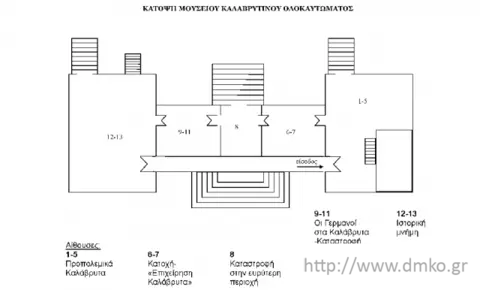
1st ROOM
Subject: Prewar Kalavrita
Our old town
In the old days our small town with the beautiful square the coffee shops and the barber shops and the offices and the water fountains,
II
had a lot of people! Officials and traders lawyers and doctors shoemakers and artisans small barbers in those good old times!
III
And every Sunday, everyone was in the church, the pupils at schools. And then in the coffee shops, Chamouzas is at the square and the band is playing!
IV
And I think everyone waits for the night to come and the little train to arrive and the engine is driven by Nikandros with the little goat-beard ... And all this in those times!
V
And there were lots of joys: The best man’s little place the little tavern of Pachis and the store of Gazis which has “a bit of all!” But disaster got to it! G. Koutsouris
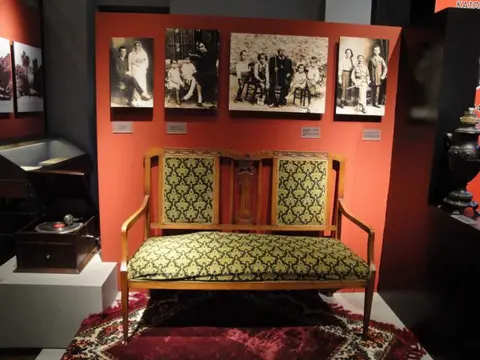
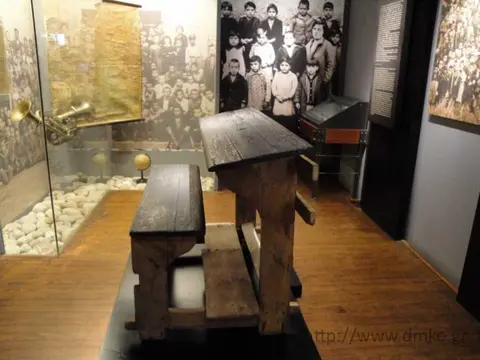
2nd ROOM
Subject: Occupation – “Operation Kalavrita”
“As everywhere, Kalavrita has been under the Axis stranglehold since May 1941. However, the inhabitants’ spirit is high and their conviction of the final victory is strong. This is 1943. The axis Rome-Berlin-Tokyo has suffered merciless blows from the East and the West and is in a very difficult position. However, the whole of Europe suffers under Nazi Germany which is infuriated by the multiple blows it has taken. This, besides the extensive war fronts, has to deal with the national resistance that develops in the occupied countries and struggles to maintain hold of large tracts of hostile nations. Adolf Hitler and his collaborators activate their ‘secret weapon’, the ultimate advantage: organized terrorism brought about by ruthless man slaughter, looting and burning and the annihilation of all those associated with freedom. The implementation of the plan was thoroughly thought out and organized. The first blow was not to be random; it was absolutely necessary to aim at the ‘heart’. Thus, in all countries cities were hit that had led the fight for freedom. Such a city was the city of Kalavrita, which had taken the lead in the fight for national liberation in 1821...”
P. Nicolaides
(Survivor)
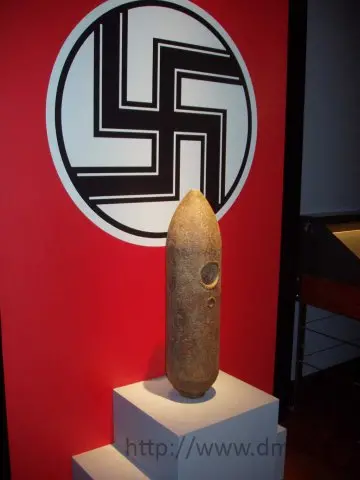

3rd ROOM
Subject: Destruction in the wider area
“We were bombed on 29 November 1943, the eve of Saint Andrew, patron saint of my village, Skepasto. I was twelve years old at the time and went to school. When the German planes flew over us, our teacher, Leonidas Papacharalambous, commanded us to go out.
The bombs started falling. I remember him calling me to his side, inside a pit he had fallen in to find cover:
“Come on, get close to me and don’t move,” he said. I obeyed. Then a bomb fell, a stone hit me on the head. Blood gushed out ... He couldn’t stop the bleeding for the world ...”
Diamanto Bratsaki – Kotsara
“I remember how we carried my father to the village on a ladder. Some wept and others mocked us and laughed ... We put him outside in the garden but someone advised us to bring him inside the house, in case they pitied us and did not set it on fire. But they (the Germans) came in, threw down the oil lamp and tried to burn the house down ...
We found the president of the village gutted; he was still alive but we could not help him any more ... We were up all night ... I remember men wearing women’s clothes to escape, climbing on roofs, taking refuge to the rocks ...
We did not know where they had executed them yet ... In the morning we begun to look for them. We went to the church of Aghia Paraskevi. The sight was shocking ... layers of corpses … also there were two wounded. A teacher was shot in the jaw; the villagers carried him on their shoulders but it was too late. Another, Philippos Grintzos was his name, had survived the massacre because a dead man had fallen on him and hid him. We dug holes and buried them ...”
Testimony of Elli Stephanopoulos-Grintzos,
victim of the tragedy in Kerpini
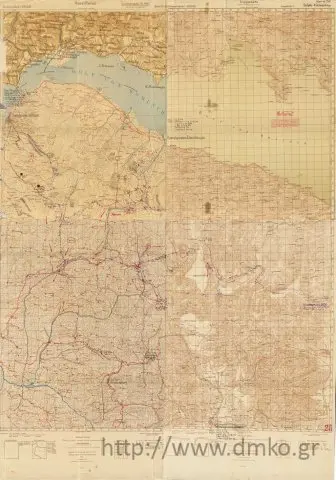
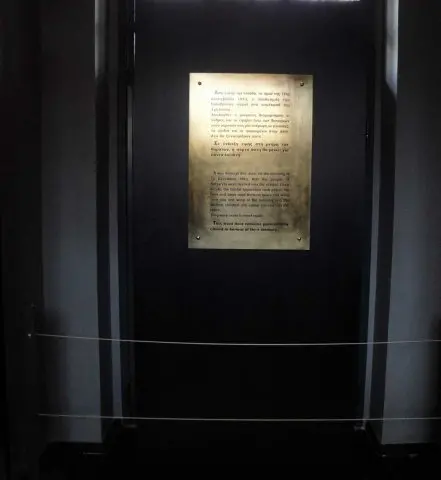
4th ROOM
Subject: The Germans in Kalavrita - Destruction
“... It's about 10:30 a.m. and black smoke billows everywhere. Gunshots echo in the city. They are fired to ignite the powder with which the Germans sprinkle the houses to burn them down more easily. Flames and smoke everywhere. Smoke, bangs and looting. The fire eats up mercilessly houses, shops, state institutions, cottages and barns, churches, property, years and years of labor …
The first German who dragged me was, in fact, deceived. He thought I was killed and when he left he ‘tipped’ me with a kick. Then a second soldier came. I thought the same thing would happen with him. With the first one’s kick though, my gold watch had fallen from my pocket and he immediately noticed it. He felt it with his hands and at the same time he glanced around him. They had probably forbidden them to rob the dead and he feared that an officer would spot him. The watch dazzled him. It was love at first sight. He picked it up in his hands but then he let it fall again.
Eventually I could no longer hold my breath and I breathed in. Then he fired his pistol and shot me in the neck and left immediately.”
Georgios Georgantas (Survivor)
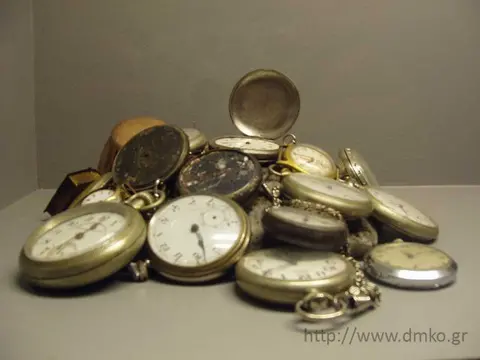

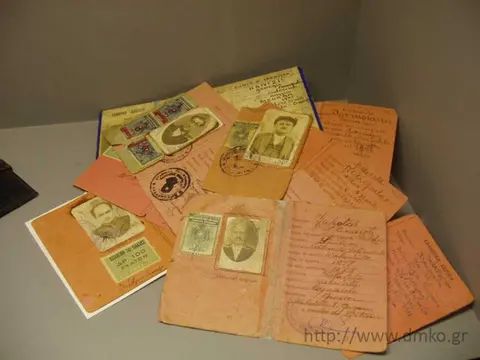
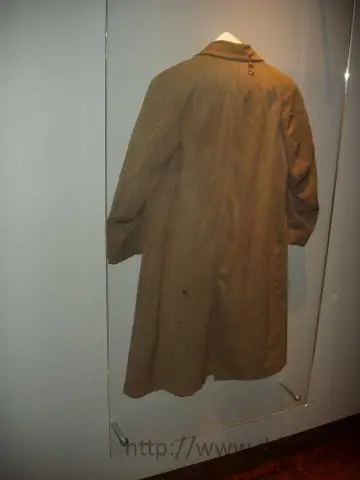
5th ROOM
Subject: Historical Memory (the pantheon of the Kalavritan heroes - the Nazi atrocities)
“I lost my husband, Nicos, and my three lads, Antonis, Georgis and Christos. And I was left alone and unprotected with my five orphans ...”
Antiope Chondronikola
“I had four brothers ... I go up and find just one of them, Nicos. Half his head lay forward, the other half lay back, burning ... I take one step back and there I see him, Christos. He is dead too, gutted. I find Alexis too; shot in the heart, bleeding. I find Dimitris; his hands are cut, he is moaning. I step back and find my father. His face was lost … Horror ... grief ... tears ...”
Trisevgeni Ferleli-Rekouti
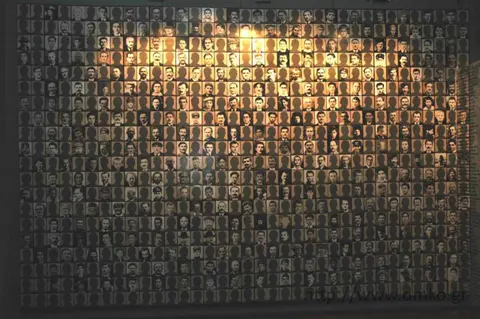
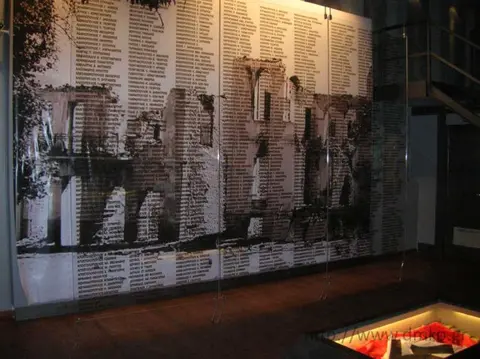
COURTYARD
The East side of the courtyard
The sculpture entitled “NO MORE WARS,” by sculptor Nikos Dimopoulos, is in the courtyard of the Museum of the Kalavritan Holocaust. It was donated by the family of Andrew Varelopoulos. It represents a woman who is dragging her executed husband while her children stare painfully at her.



